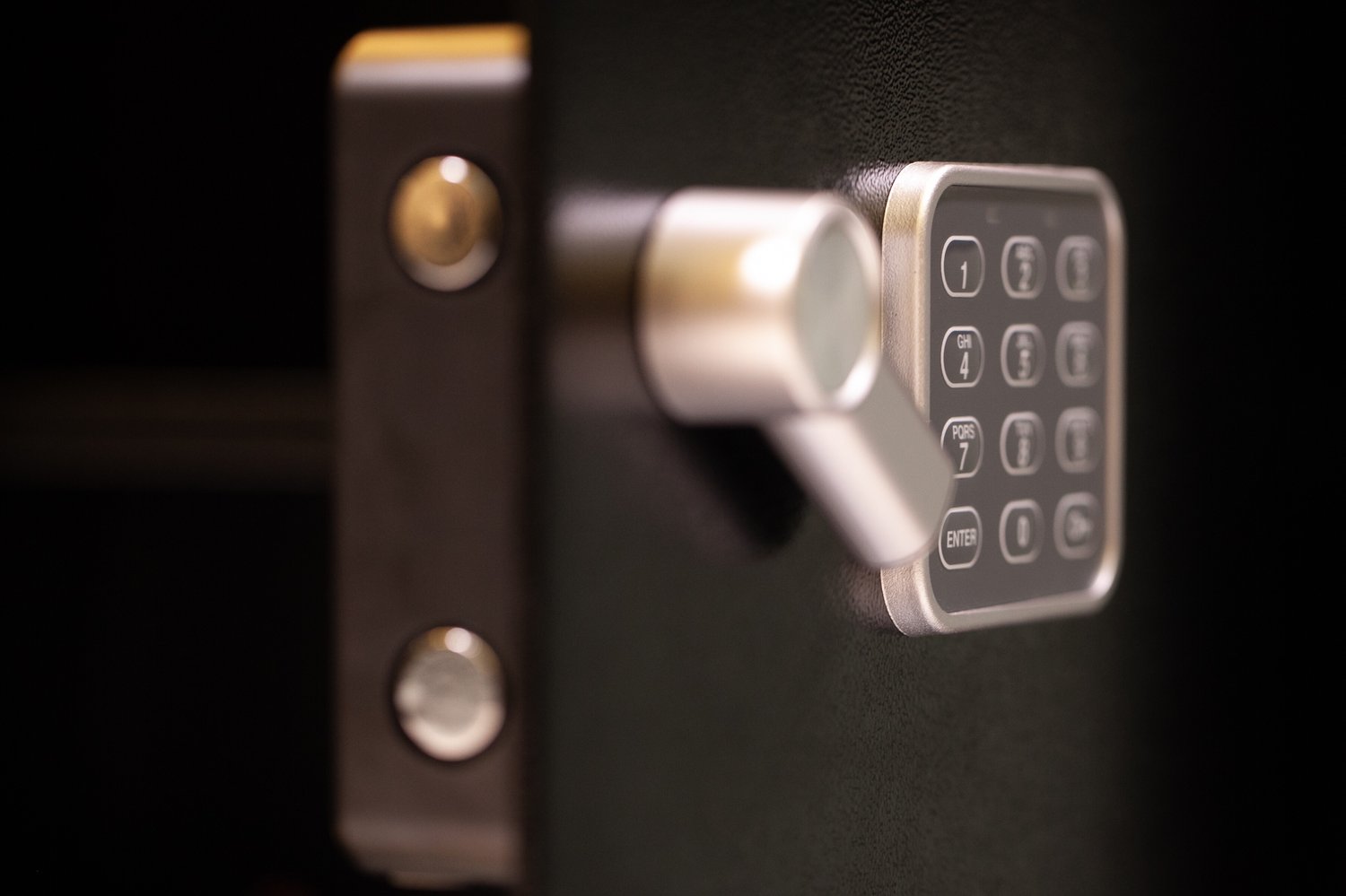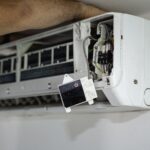Smart home technology offers unprecedented convenience, but what happens when your state-of-the-art smart door lock malfunctions at the most inopportune time? These sophisticated devices promise enhanced security and ease of access, yet issues with battery life and programming can jeopardize their effectiveness and your peace of mind. Discover how unraveling these common problems can safeguard your home the way you intended.
- Battery challenges: Learn how to spot warning signs of battery failure and maintain your smart lock’s power source efficiently.
- Programming pitfalls: Dive into common programming glitches that can disrupt your lock’s operation and how to rectify them.
- Enhanced security solutions: Equip yourself with the knowledge to maximize your smart lock’s performance and reliability.
By delving into the intricacies of smart door lock malfunctions, you’ll gain practical insights that will keep your home secure and make the most of your security technology. Let’s uncover the secrets to uninterrupted protection and smart living.
Understanding Smart Door Lock Malfunctions: Battery and Programming Issues
Smart door locks are a revolutionary addition to modern home security systems, offering the convenience of keyless entry and enhanced control over who can access your property. However, like any technological advancement, they come with their own set of challenges. Understanding common smart lock malfunctions can be crucial in ensuring your home’s security remains uncompromised.
Two of the most prevalent issues faced by users are battery-related problems and programming errors. Battery issues can lead to unexpected lockouts, while programming glitches might compromise the lock’s functionality, rendering it ineffective. These malfunctions can dramatically reduce the performance of smart locks, leaving your home vulnerable to security threats.
By obtaining a thorough knowledge of these typical malfunctions, homeowners can take proactive measures to prevent them, ensuring their smart locks deliver optimal performance at all times. Well-informed troubleshooting and regular maintenance can significantly mitigate the risks associated with these common issues.
Troubleshooting Battery Issues in Smart Door Locks
Battery failure is a common concern among smart door lock users. Being able to identify the symptoms early can save you from inconvenient situations like getting locked out of your home. Some indicators of battery issues include sluggish lock response times, frequent low battery notifications, or complete lock inoperability.
To effectively troubleshoot smart lock battery problems, begin by checking the battery compartment for proper placement and any signs of corrosion. It’s also recommended to regularly replace batteries before they are fully depleted to avoid performance disruptions. Moreover, using high-quality batteries can enhance the lifespan and reliability of your smart door locks.
Routine maintenance practices, such as routinely cleaning battery contacts and using the designated app to monitor battery levels, can extend the life of your batteries. By keeping these practices in mind, you not only ensure the efficient operation of your smart lock but also elevate the overall security of your home environment.
Programming Glitches in Smart Door Lock Malfunctions: Battery and Programming Issues
Programming glitches are a frequent source of malfunction in smart door locks, affecting both security and convenience. Such glitches can arise from various factors, including software updates, misconfigured settings, or electronic interference.
It’s crucial to identify programming errors early to prevent security vulnerabilities. Common symptoms include sporadic locking and unlocking, delays in response time, or complete lock failure. Pay attention to any irregular behavior, as these might indicate deeper programming issues.
To resolve these glitches, start by performing a factory reset on the device. This process restores the lock to its original settings, often eliminating minor software inconsistencies. Refer to the manufacturer’s guidelines for detailed instructions on executing a safe reset.
Regular software updates are essential to maintaining optimal performance. Ensure your smart lock is equipped with the latest firmware to benefit from improved features and enhanced security protocols. Manufacturers typically release updates online, so check their website or app periodically.
Consider reviewing your network setup if problems persist. Wireless interference from other household devices can disrupt smart lock communication. Position your wireless router closer to the lock or explore mesh network solutions to enhance connectivity.
When faced with persistent glitches, professional assistance might be necessary. Consult with a certified technician experienced with smart home technology. They can provide specialized insights and technical expertise to address more complex issues.
By addressing programming glitches promptly and effectively, you can ensure your smart door lock system operates smoothly, providing both convenience and robust home security.
Frequently Asked Questions about Smart Door Lock Malfunctions
What are common signs of a failing battery in smart door locks?
Common signs include intermittent lock response, reduced battery life, or a complete lock failure.
How often should I replace the batteries in my smart door lock?
Typically, every 6 to 12 months, depending on the frequency of use and battery type.
What can cause programming issues in smart door locks?
Programming issues can be caused by firmware errors, incorrect user codes, or software updates.
How can I troubleshoot a smart lock that isn’t recognizing codes?
Check for software updates, reset the lock, and reprogram user codes following the manufacturer’s instructions.
Can low battery levels affect my smart lock’s performance?
Yes, low battery levels can lead to delayed response times or a complete lock failure.
How do I ensure optimal performance of my smart door lock?
Regularly check and replace batteries, update software, and follow the manufacturer’s maintenance guidelines.





